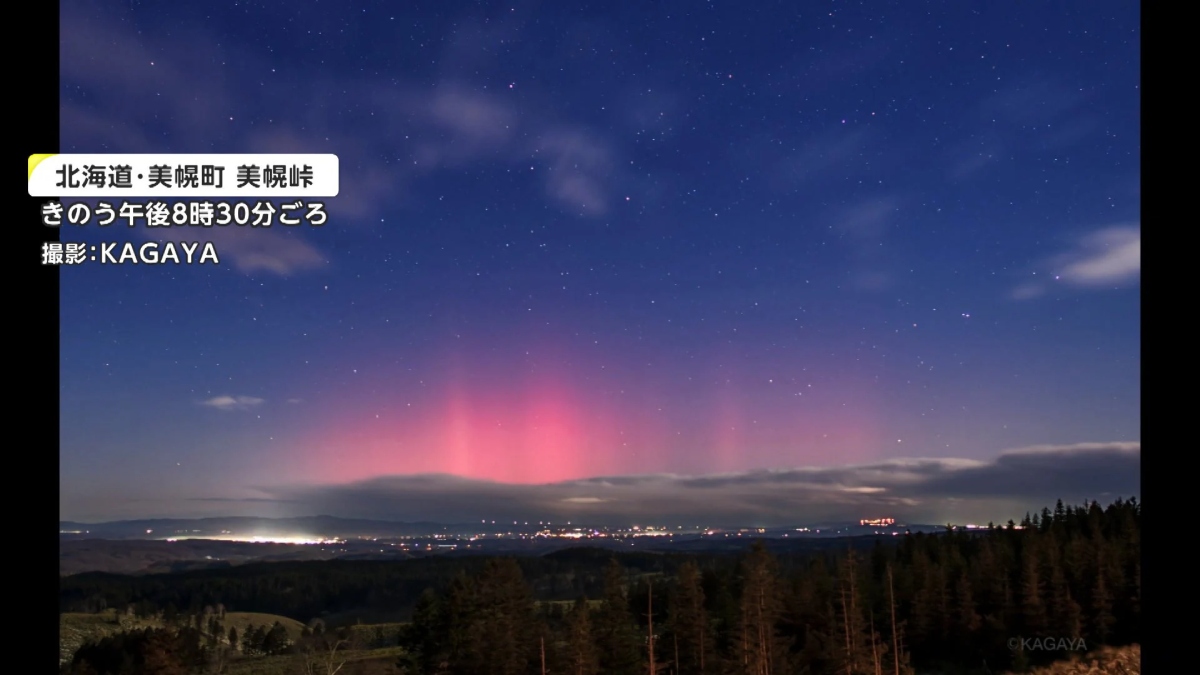The aurora borealis, commonly known as the Northern Lights, made a rare appearance in Japan this December. This marked the first time in over twenty years that this natural spectacle has been visible in the country, much to the delight of locals and astronomers alike.
The Northern Lights were observed in Japan’s Hokkaido region, known for its picturesque landscapes and now, its unexpected display of red auroras. This sighting deviates from the typical green hue seen in most auroras in the Northern Hemisphere. Takuya Murata, a staff member at the Rikubetsu, Hokkaido Observatory, expressed his awe at the sighting, “I didn’t think I could see the red lights so clearly with the naked eye. It’s very moving.”
While auroras are more commonly associated with Arctic and Antarctic regions, their appearance in lower-latitude areas like Hokkaido is not unheard of, but remains a rare occurrence. The last recorded aurora in Japan was in 2003, making this event particularly significant.
Auroras result from interactions between solar emissions and the Earth’s magnetic field. Electrons and protons from the sun collide with gases in our atmosphere, producing the mesmerizing light displays. This recent occurrence has been linked to a significant solar explosion towards the end of November.
Interestingly, Japan wasn’t the only country to experience this phenomenon. Around the same time, reports emerged from China and Mongolia of similar red aurora sightings. Cities in northern China, including Beijing and areas in the Inner Mongolia Autonomous Region, also witnessed these rare low-latitude auroras.
These sightings offer a glimmer of hope for enthusiasts in countries near Japan, like the Philippines, who dream of witnessing the Northern Lights without traveling to far-off Nordic or Scandinavian countries. If such solar events become more frequent, the Northern Lights could become an accessible wonder for many more around the globe.






